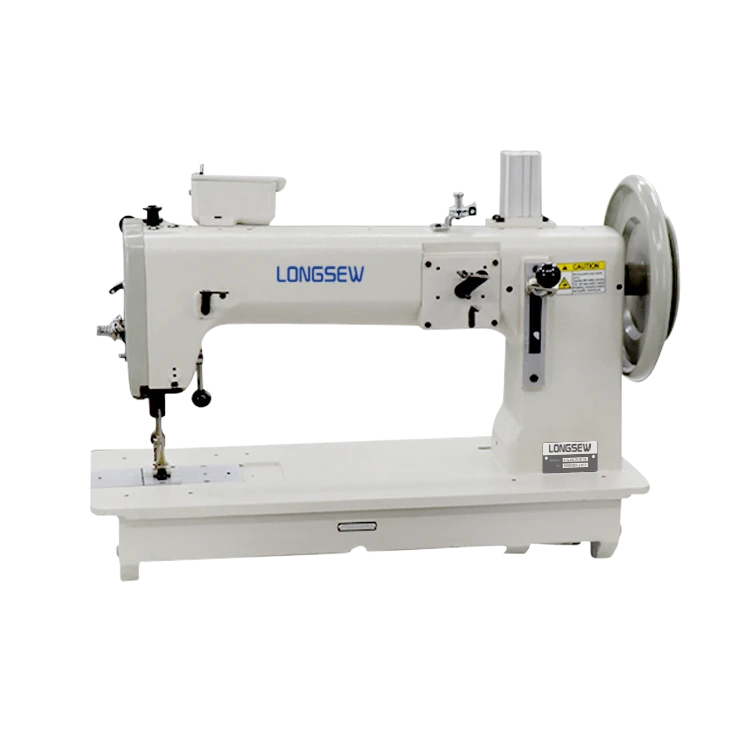Understanding the Benefits and Techniques of Lock Stitch Sewing for Seamstresses
Understanding Lock Stitch Sewing Technique and Applications
Lock stitch sewing is a fundamental technique in the world of textile crafting and garment production. It is characterized by its durability and neat finish, making it an essential skill for both professional tailors and home sewers. In this article, we explore the mechanics of lock stitch sewing, its applications, and why it remains a preferred choice for many sewing projects.
Mechanics of Lock Stitch
At the very heart of the lock stitch sewing technique is the interaction between two threads the upper thread (needle thread) and the lower thread (bobbin thread). The sewing machine's needle punctures the fabric, carrying the upper thread down through the material. Simultaneously, the bobbin mechanism feeds the lower thread up through the needle’s puncture. As these two threads intertwine beneath the fabric, they form a secure stitch that creates a tight bond.
Lock stitch sewing relies on the precise tension of both threads to achieve a balanced stitch. If the tension is too loose or too tight, the stitch may bunch or pucker, compromising the finished look. Therefore, understanding how to adjust the tension is crucial for achieving high-quality results. Additionally, proper threading of the machine and choosing the right needle and thread for the fabric type are essential steps in successful lock stitch sewing.
Applications of Lock Stitch Sewing
Lock stitch is used in a variety of sewing applications. Its strength makes it ideal for constructing garments, such as shirts, trousers, and dresses. The finish is not only aesthetically pleasing but also functional, ensuring that seams withstand the stresses of wear and tear. In addition to clothing, lock stitch is commonly employed in quilting, where precision is vital for intricate patterns.
lock stitch sewing

Lock stitch sewing is also prevalent in home decor projects, ranging from curtains to upholstery. The technique allows for clean lines and finished edges, enhancing the overall appearance of any textile item. For manufacturers, the speed and efficiency of lock stitch machines contribute to increased productivity, making it a standard choice in industrial settings.
Advantages of Lock Stitch
One of the primary advantages of lock stitch sewing is its versatility. It can be used on a variety of fabrics, from lightweight cotton to heavier materials like denim. Moreover, the lock stitch provides a neat and professional finish, which is especially important for projects that require a polished look, such as formal wear or custom upholstery.
Another benefit is its ease of use. Even beginners can quickly grasp the basics of lock stitch sewing with a little practice. Sewing machines designed for lock stitching are widely available and often come equipped with various features that enhance the sewing experience, such as automatic tension adjustment and multiple stitch options.
Conclusion
Lock stitch sewing is more than just a technique; it is a cornerstone of modern textile crafting. Its blend of durability, versatility, and aesthetic appeal makes it a favorite among sewers of all skill levels. As one delves into the world of sewing, mastering the lock stitch can open up endless possibilities, allowing for the creation of beautiful, high-quality garments and textile projects. Whether for personal enjoyment or professional endeavor, lock stitch sewing remains an invaluable skill in the fabric of sewing traditions.
-
Heavy Duty Leather Sewing Machine: A Must-Have for Professional LeatherworkNewsMay.28,2025
-
Leather Sewing Machine: Essential for High-Quality LeathercraftNewsMay.28,2025
-
Extra Heavy Duty Sewing Machine for Premium Leather ApplicationsNewsMay.28,2025
-
Walking Foot Cylinder Arm Sewing Machine: Precision and Power CombinedNewsMay.28,2025
-
Industrial Cylinder Arm Sewing Machine: Engineered for High-Performance StitchingNewsMay.28,2025
-
Cylinder Bed Sewing Machine: A Powerful Solution for Precision StitchingNewsMay.28,2025
-
Zigzag Sewing MachineNewsMay.12,2025





























